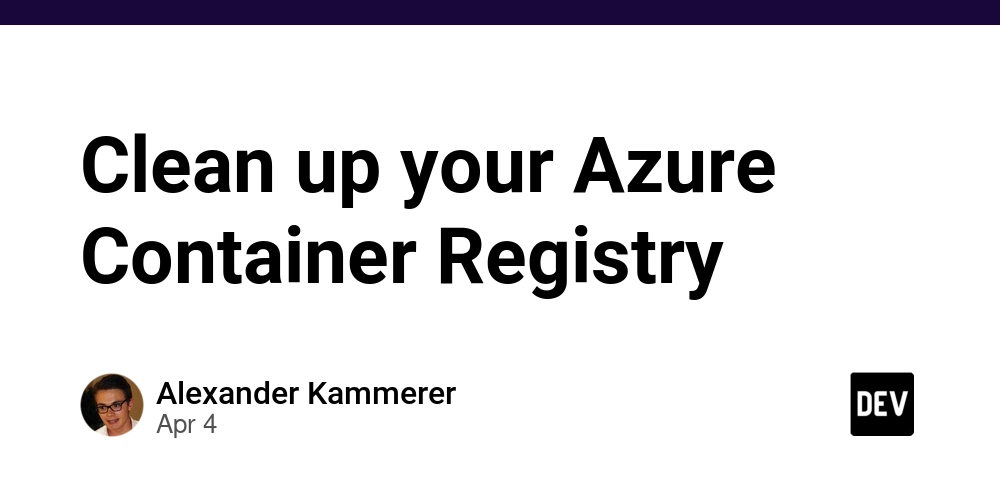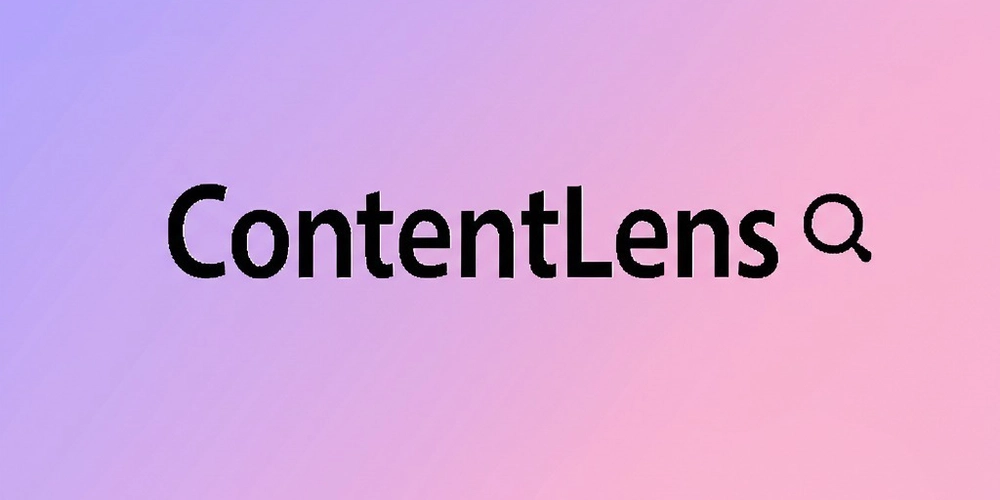Making Sense of Strong, Weak, and Eventual Consistency
Distributed systems are like group projects — lots of people doing different parts, all trying to stay on the same page. But when it comes to data, staying in sync across services, regions, and networks is... well, complicated. Let’s break down strong, weak, and eventual consistency with examples that won’t put you to sleep. Setting the Stage: The Bookstore Example Say you run a bookstore online. You’ve split up your app into different services: One handles orders Another processes payments A third manages inventory A fourth tracks reward points Now imagine two customers eyeing the last copy of Sapiens. One hits “Buy” and milliseconds later, so does the other. If your system isn't careful about data synchronization, both orders might go through — and now you’ve got a refund to issue and a customer to apologize to. That’s where consistency models come into play. 1. Strong Consistency — Everyone Sees the Same Thing This is the “no surprises” model. Once data changes, every read — across the whole system — reflects that change immediately. Doesn’t matter who’s reading it or where they’re reading it from. When to use: Banking and finance Inventory management Anything where stale data = major problems Example: User A transfers ₹10,000 to User B. Both accounts should reflect the updated balances right away. There’s no room for a temporary mismatch. What you trade: Speed and availability. If even one part of the system is slow or down, the whole thing might pause until it catches up. But hey, that’s the price of being correct right now. 2. Weak Consistency — Might Be Updated, Might Not Be Here, there are no guarantees that a read will return the latest data. It could be current. Or it could be outdated. The system won’t wait for updates to finish before responding. When it works: Multiplayer games Realtime leaderboards Systems prioritizing speed over accuracy Example: In a fast-paced online game, a player fires a shot. Nearby players might see it instantly, but those in another region might see it a split second later — or not at all if the network hiccups. The game doesn't pause; it rolls with it. What you get: Blazing-fast response times. But with a higher chance of inconsistencies — especially under heavy load or network issues. 3. Eventual Consistency — Chill, It'll Sync (Eventually) This one’s more relaxed. Data updates are sent out, but there’s a delay. The system doesn’t promise immediate consistency, only that everyone will catch up at some point. Ideal for: Social networks Notification systems Shopping carts and user preferences Example: You comment on a post. People nearby (same region or data center) see it instantly. Others might see it after a short delay. It’ll show up eventually, but not right away. Why it’s popular: It scales really well, especially for global apps. You keep systems fast and available without blocking on every little update. The catch: You have to be okay with users seeing slightly outdated views of data for a little while. Quick Comparison Table Consistency Level Accuracy Speed Uptime Best For Strong ✅✅✅ ❌ ❌ Banking, transactions, stock trades Weak ❓ ✅✅ ✅ Games, real-time dashboards Eventual ✅(soon) ✅✅ ✅✅ Social feeds, distributed caching TL;DR Consistency in distributed systems isn't a one-size-fits-all deal. It's a balancing act between correctness, performance, and availability. Here’s how to think about it: Strong consistency is all about immediate correctness. Weak consistency is fine with a little chaos, as long as things move fast. Eventual consistency trusts that everything will sort itself out in due time. When designing your system, ask yourself: what matters more right now — being accurate, or being fast? And if you ever hear someone casually say “we’re okay with eventual consistency,” make sure they’re not building a payment gateway.

Distributed systems are like group projects — lots of people doing different parts, all trying to stay on the same page.
But when it comes to data, staying in sync across services, regions, and networks is... well, complicated.
Let’s break down strong, weak, and eventual consistency with examples that won’t put you to sleep.
Setting the Stage: The Bookstore Example
Say you run a bookstore online. You’ve split up your app into different services:
- One handles orders
- Another processes payments
- A third manages inventory
- A fourth tracks reward points
Now imagine two customers eyeing the last copy of Sapiens.
One hits “Buy” and milliseconds later, so does the other.
If your system isn't careful about data synchronization, both orders might go through — and now you’ve got a refund to issue and a customer to apologize to.
That’s where consistency models come into play.
1. Strong Consistency — Everyone Sees the Same Thing
This is the “no surprises” model.
Once data changes, every read — across the whole system — reflects that change immediately.
Doesn’t matter who’s reading it or where they’re reading it from.
When to use:
- Banking and finance
- Inventory management
- Anything where stale data = major problems
Example:
User A transfers ₹10,000 to User B.
Both accounts should reflect the updated balances right away.
There’s no room for a temporary mismatch.
What you trade:
Speed and availability.
If even one part of the system is slow or down, the whole thing might pause until it catches up.
But hey, that’s the price of being correct right now.
2. Weak Consistency — Might Be Updated, Might Not Be
Here, there are no guarantees that a read will return the latest data.
It could be current. Or it could be outdated.
The system won’t wait for updates to finish before responding.
When it works:
- Multiplayer games
- Realtime leaderboards
- Systems prioritizing speed over accuracy
Example:
In a fast-paced online game, a player fires a shot. Nearby players might see it instantly, but those in another region might see it a split second later — or not at all if the network hiccups. The game doesn't pause; it rolls with it.
What you get:
Blazing-fast response times. But with a higher chance of inconsistencies — especially under heavy load or network issues.
3. Eventual Consistency — Chill, It'll Sync (Eventually)
This one’s more relaxed. Data updates are sent out, but there’s a delay. The system doesn’t promise immediate consistency, only that everyone will catch up at some point.
Ideal for:
- Social networks
- Notification systems
- Shopping carts and user preferences
Example:
You comment on a post. People nearby (same region or data center) see it instantly.
Others might see it after a short delay.
It’ll show up eventually, but not right away.
Why it’s popular:
It scales really well, especially for global apps.
You keep systems fast and available without blocking on every little update.
The catch:
You have to be okay with users seeing slightly outdated views of data for a little while.
Quick Comparison Table
| Consistency Level | Accuracy | Speed | Uptime | Best For |
|---|---|---|---|---|
| Strong | ✅✅✅ | ❌ | ❌ | Banking, transactions, stock trades |
| Weak | ❓ | ✅✅ | ✅ | Games, real-time dashboards |
| Eventual | ✅(soon) | ✅✅ | ✅✅ | Social feeds, distributed caching |
TL;DR
Consistency in distributed systems isn't a one-size-fits-all deal.
It's a balancing act between correctness, performance, and availability.
Here’s how to think about it:
- Strong consistency is all about immediate correctness.
- Weak consistency is fine with a little chaos, as long as things move fast.
- Eventual consistency trusts that everything will sort itself out in due time.
When designing your system, ask yourself: what matters more right now — being accurate, or being fast?
And if you ever hear someone casually say “we’re okay with eventual consistency,” make sure they’re not building a payment gateway.



















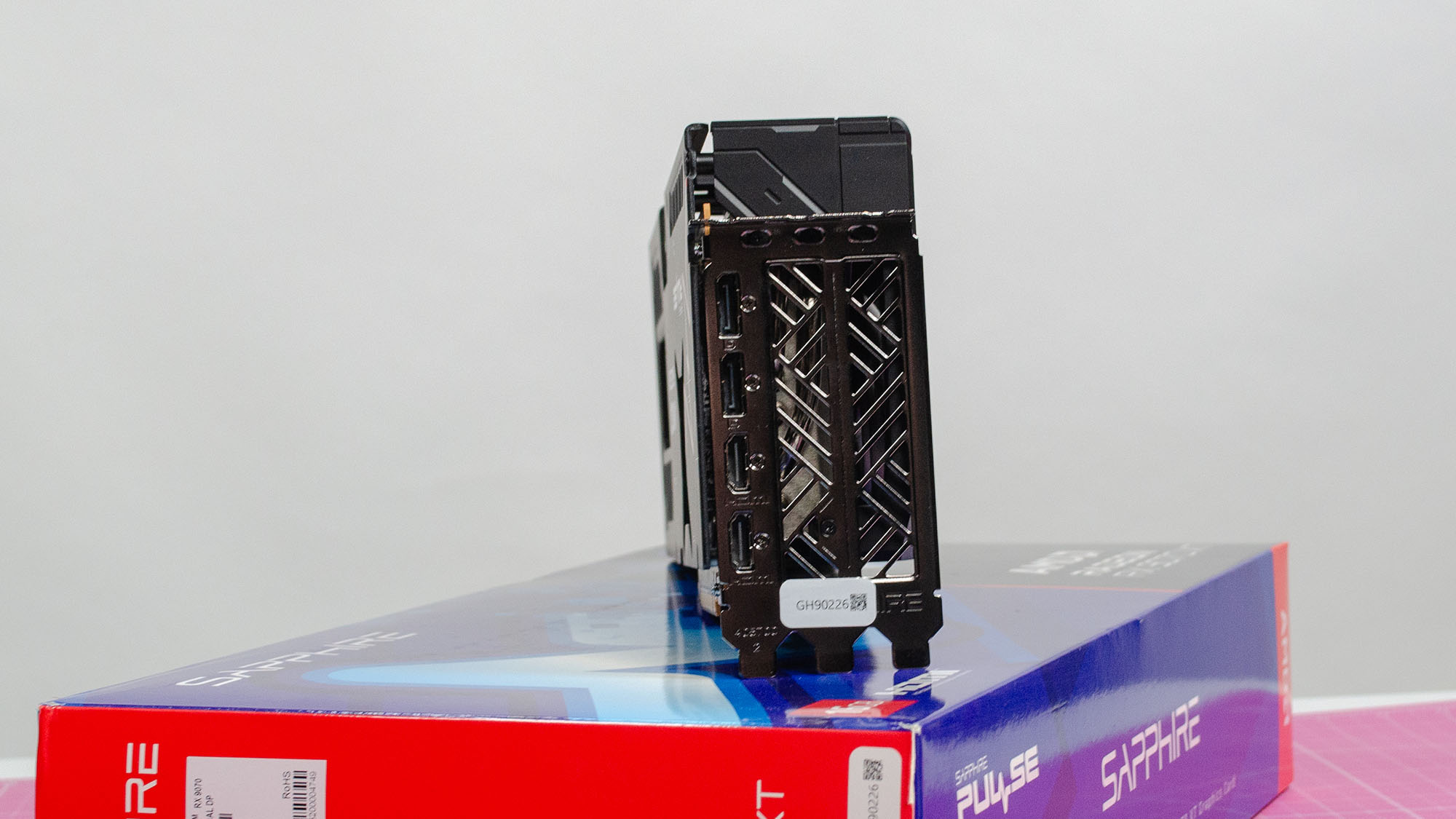





















































































































































![[The AI Show Episode 144]: ChatGPT’s New Memory, Shopify CEO’s Leaked “AI First” Memo, Google Cloud Next Releases, o3 and o4-mini Coming Soon & Llama 4’s Rocky Launch](https://www.marketingaiinstitute.com/hubfs/ep%20144%20cover.png)
































































































































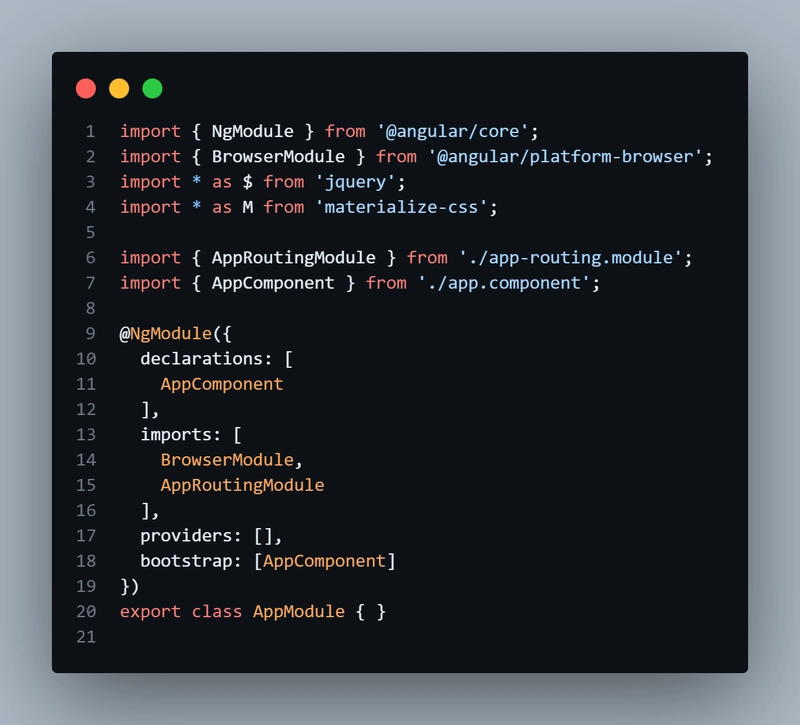
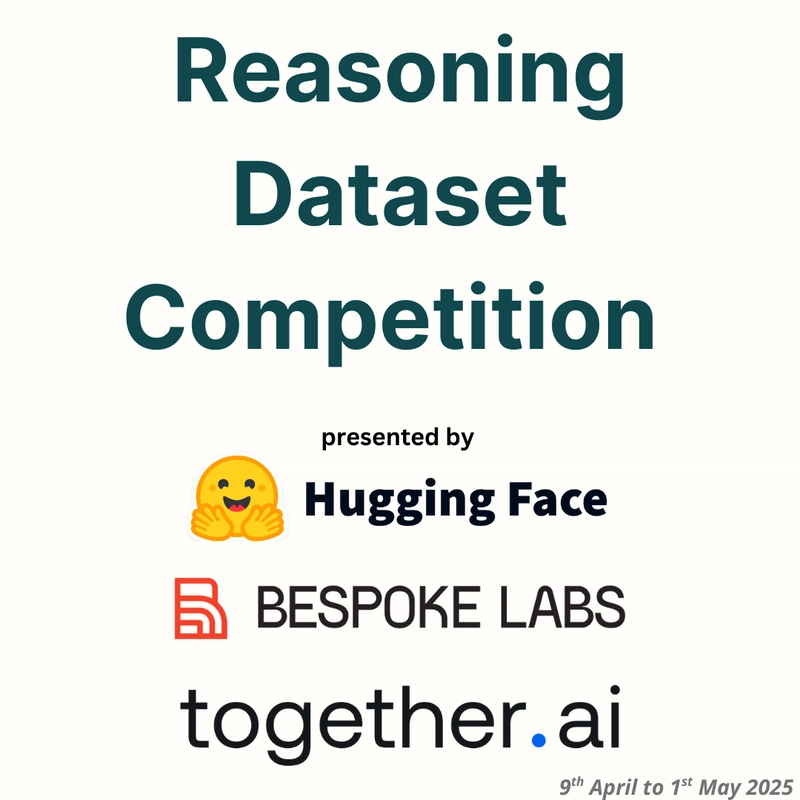
































































![Blue Archive tier list [April 2025]](https://media.pocketgamer.com/artwork/na-33404-1636469504/blue-archive-screenshot-2.jpg?#)































.png?#)









.png?width=1920&height=1920&fit=bounds&quality=70&format=jpg&auto=webp#)




























.webp?#)



















































































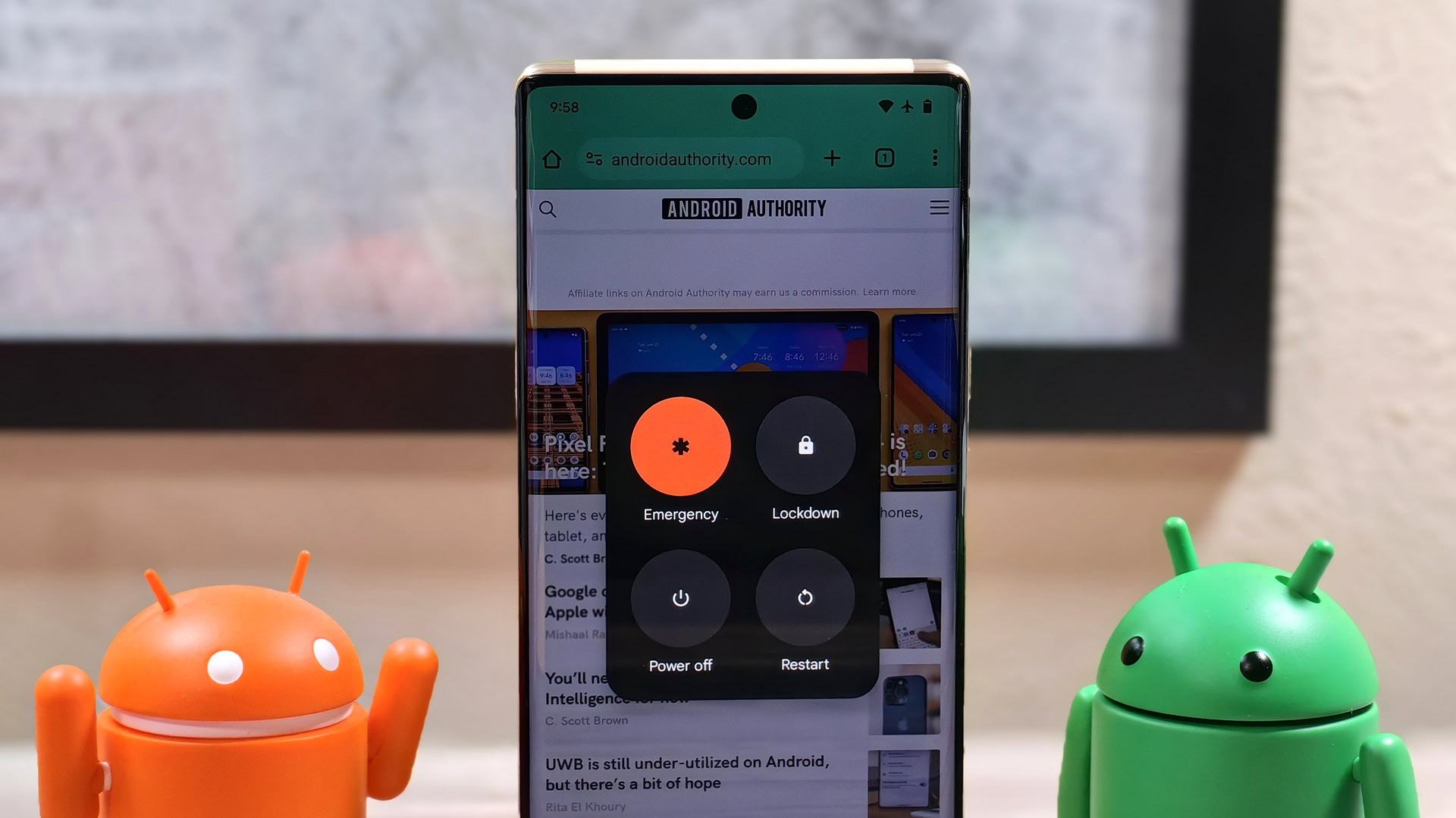

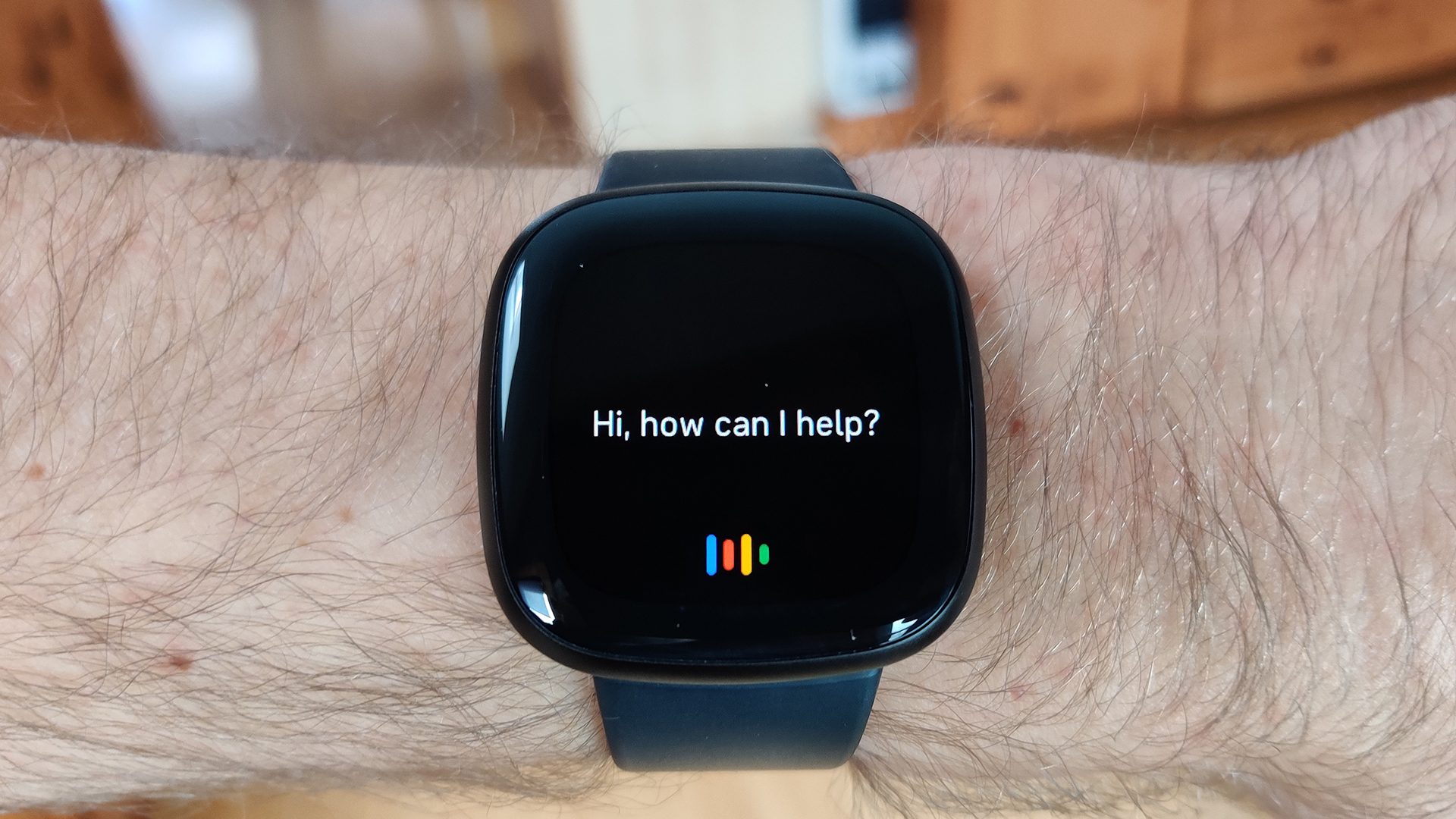
![PSA: It’s not just you, Spotify is down [U: Fixed]](https://i0.wp.com/9to5mac.com/wp-content/uploads/sites/6/2023/06/spotify-logo-2.jpg?resize=1200%2C628&quality=82&strip=all&ssl=1)



![[Update: Optional] Google rolling out auto-restart security feature to Android](https://i0.wp.com/9to5google.com/wp-content/uploads/sites/4/2025/01/google-play-services-2.jpg?resize=1200%2C628&quality=82&strip=all&ssl=1)













![Apple Vision 'Air' Headset May Feature Titanium and iPhone 5-Era Black Finish [Rumor]](https://www.iclarified.com/images/news/97040/97040/97040-640.jpg)


![Apple to Split Enterprise and Western Europe Roles as VP Exits [Report]](https://www.iclarified.com/images/news/97032/97032/97032-640.jpg)



































































































































